




Did you find this useful? Give us your feedback


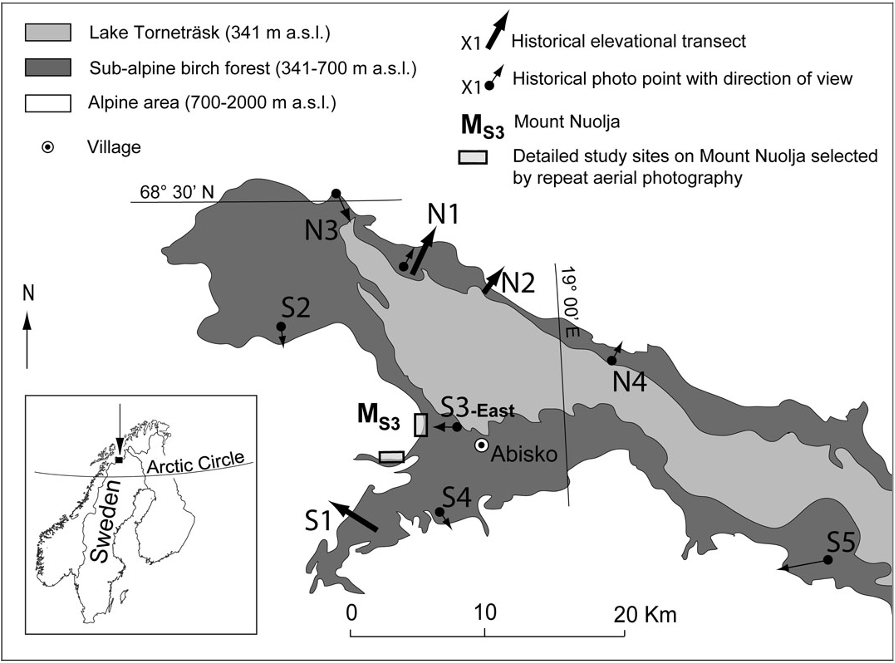
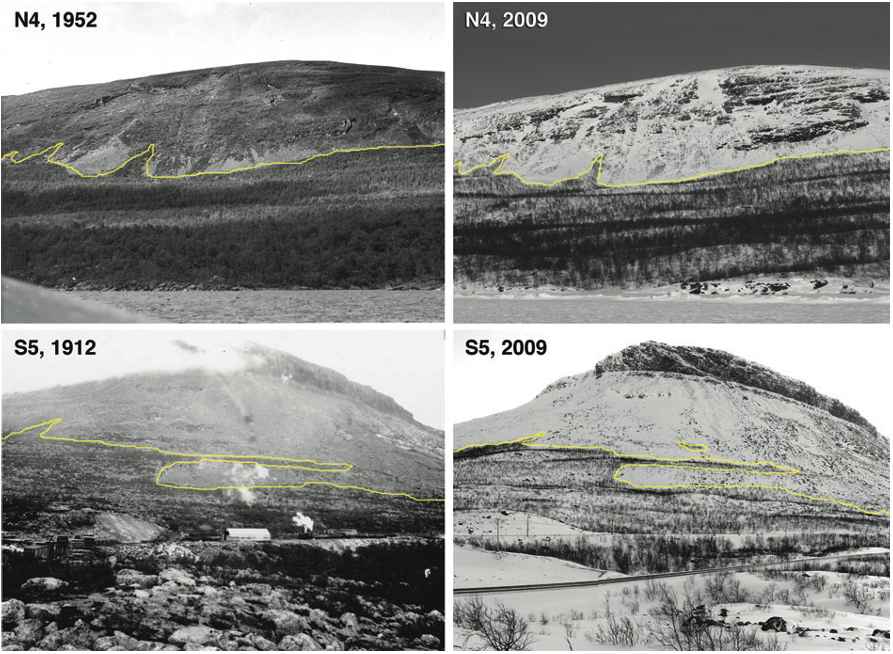
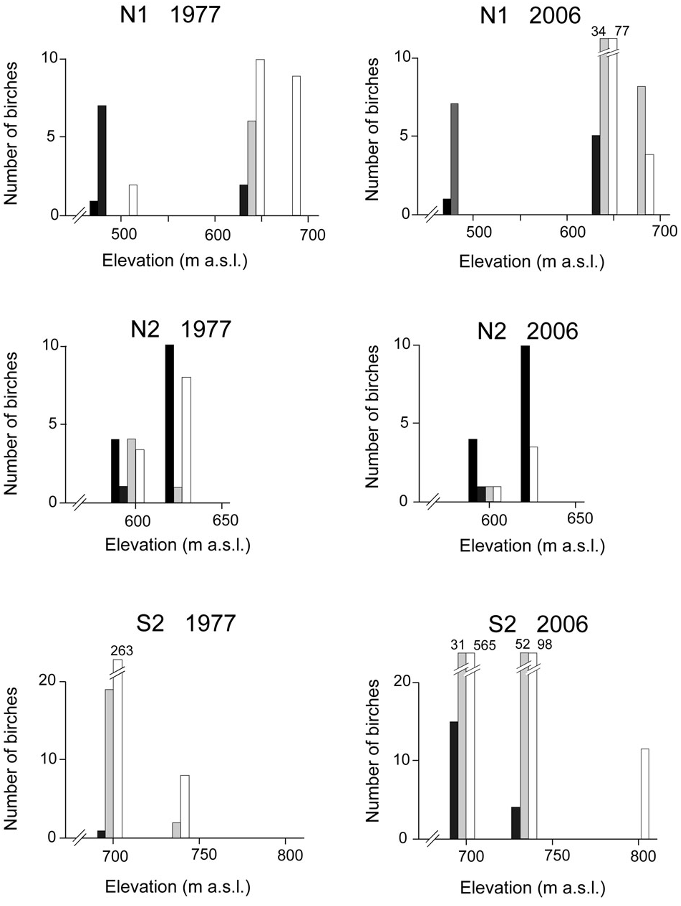
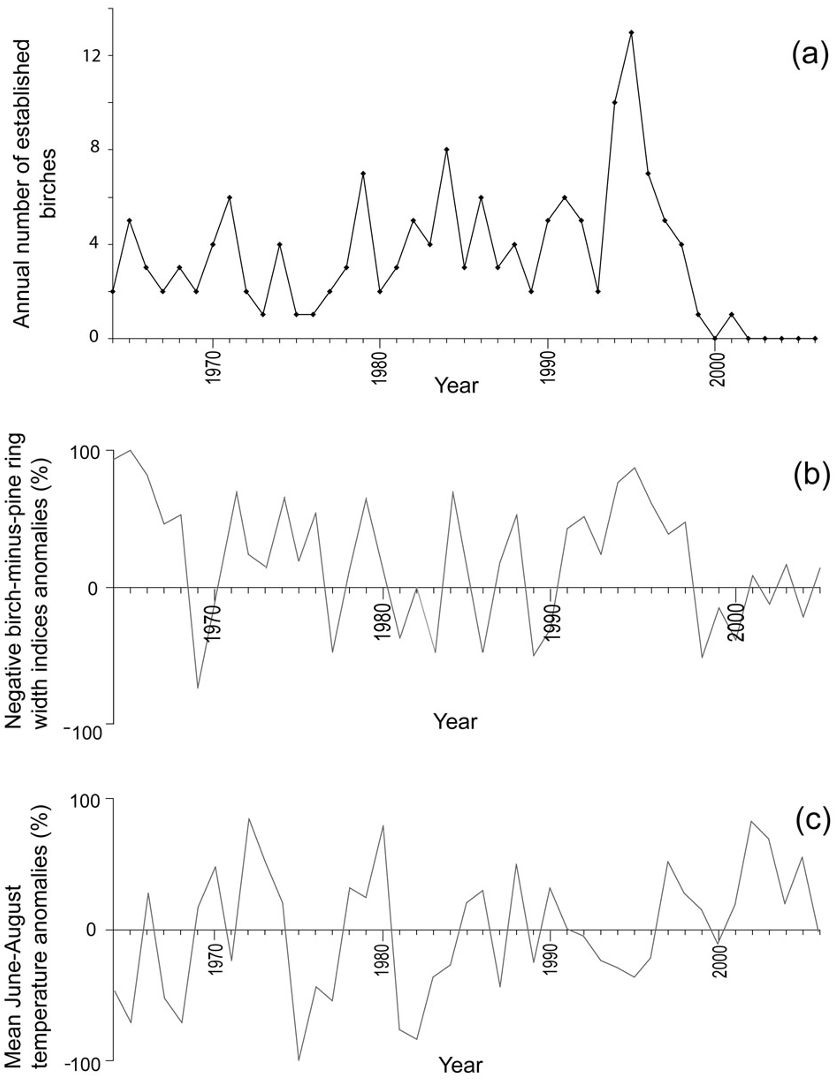
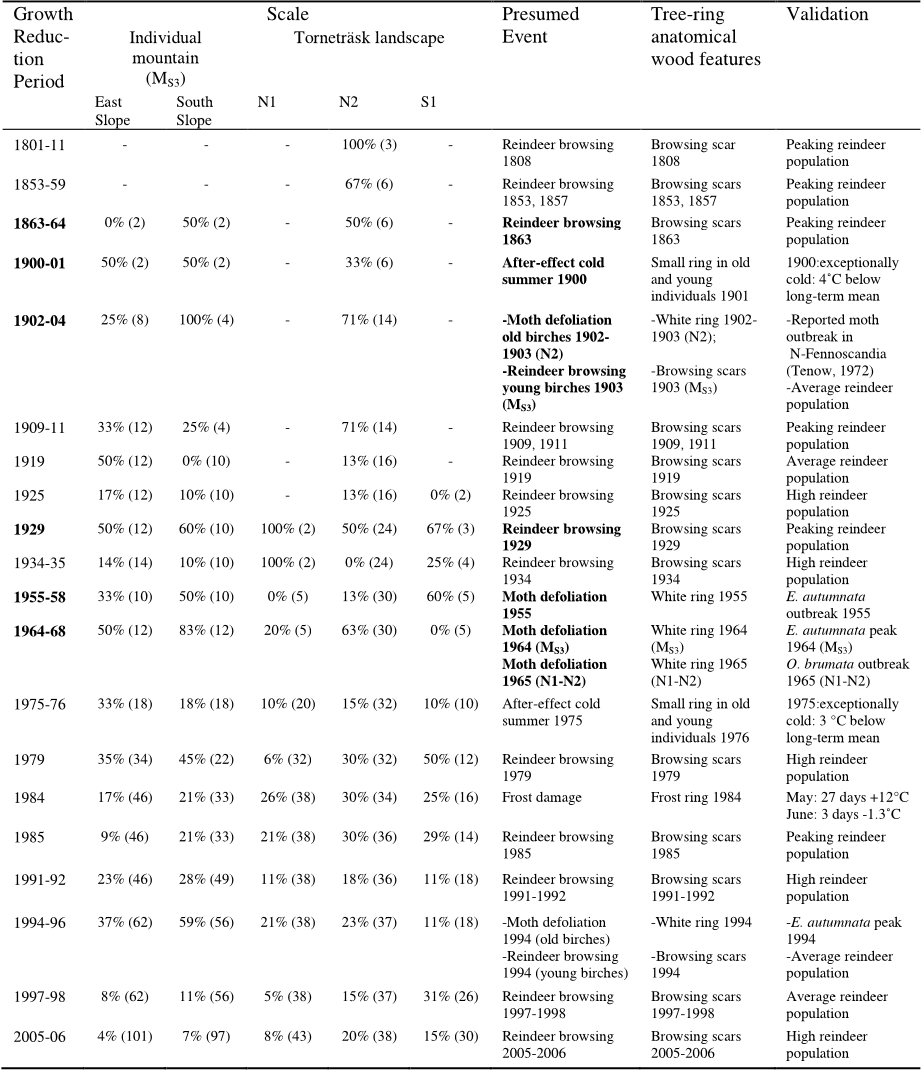
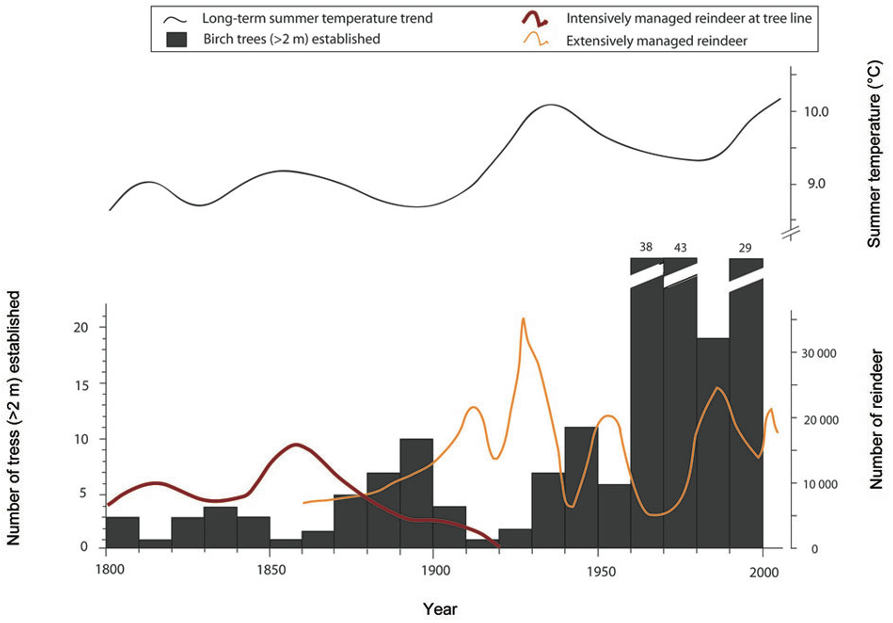
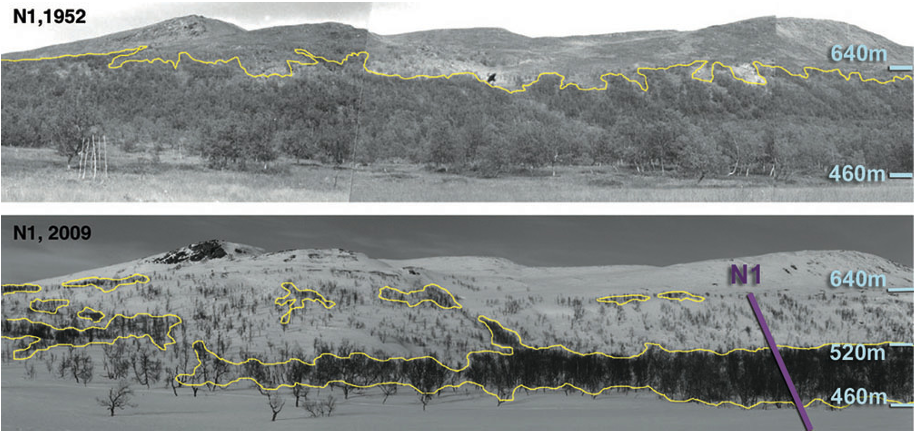





30 citations
30 citations
30 citations
30 citations
27 citations
...Van Bogaert, R., K. Haneca, J. Hoogesteger, C. Jonasson, M. De Dapper, and T. V. Callaghan....
[...]
...Van der Wal, R. 2006....
[...]
...Their observations confirm earlier work reporting highly diverse tree line dynamics, ranging from progression to stagnation (Tømmervik et al. 2009, Van Bogaert et al. 2011, Hofgaard et al. 2013, Vuorinen et al. 2017), but interrelate these phenomena to the direct impact on their livelihood (Fig....
[...]
...Therefore, a strong interaction exists between grazing pressure and abiotic effects on plant community transition during environmental change (Van der Wal 2006, Saccone et al. 2014)....
[...]
...Such increases are rather a local regeneration of the potential forest, than a true expansion at the cost of primary open tundra habitat (Aiko and M€uller-Wille 2005, Van Bogaert et al. 2011), but might occur at strategic places where open areas would be preferred....
[...]
1,775 citations
1,311 citations
1,003 citations
...In contrast to Harsch et al. (2009) who concluded that the role of disturbance during recent climate warming is restricted to determining when tree line advance will occur, this study shows that disturbance and its after-effects may equally well determine ı́f tree line advance will occur at all....
[...]
...As the location of elevational and polar tree lines is mainly caused by heat deficiency, in the Northern Hemisphere climate warming is expected to cause tree lines to advance to higher elevations and more northerly latitudes (Harsch et al., 2009)....
[...]
...…widely held expectations of vegetation responses to warming, i.e. that Arctic tree lines will move northwards and elevational tree lines upslope (Harsch et al., 2009), this study documented highly varying tree line dynamics for the Torneträsk area in sub-Arctic Sweden during a period of…...
[...]
...A global study by Harsch et al. (2009) showed that only 52% of all 166 global tree line sites had advanced over the past 100 years despite documented amplified climate warming at high-elevation areas and northern latitudes (ACIA, 2005)....
[...]
518 citations
334 citations
...In contrast to other studies (Danby & Hik, 2007; Kullman & Öberg, 2009), slope aspect and inclination were not correlated with elevational shifts of the tree line ecotone....
[...]